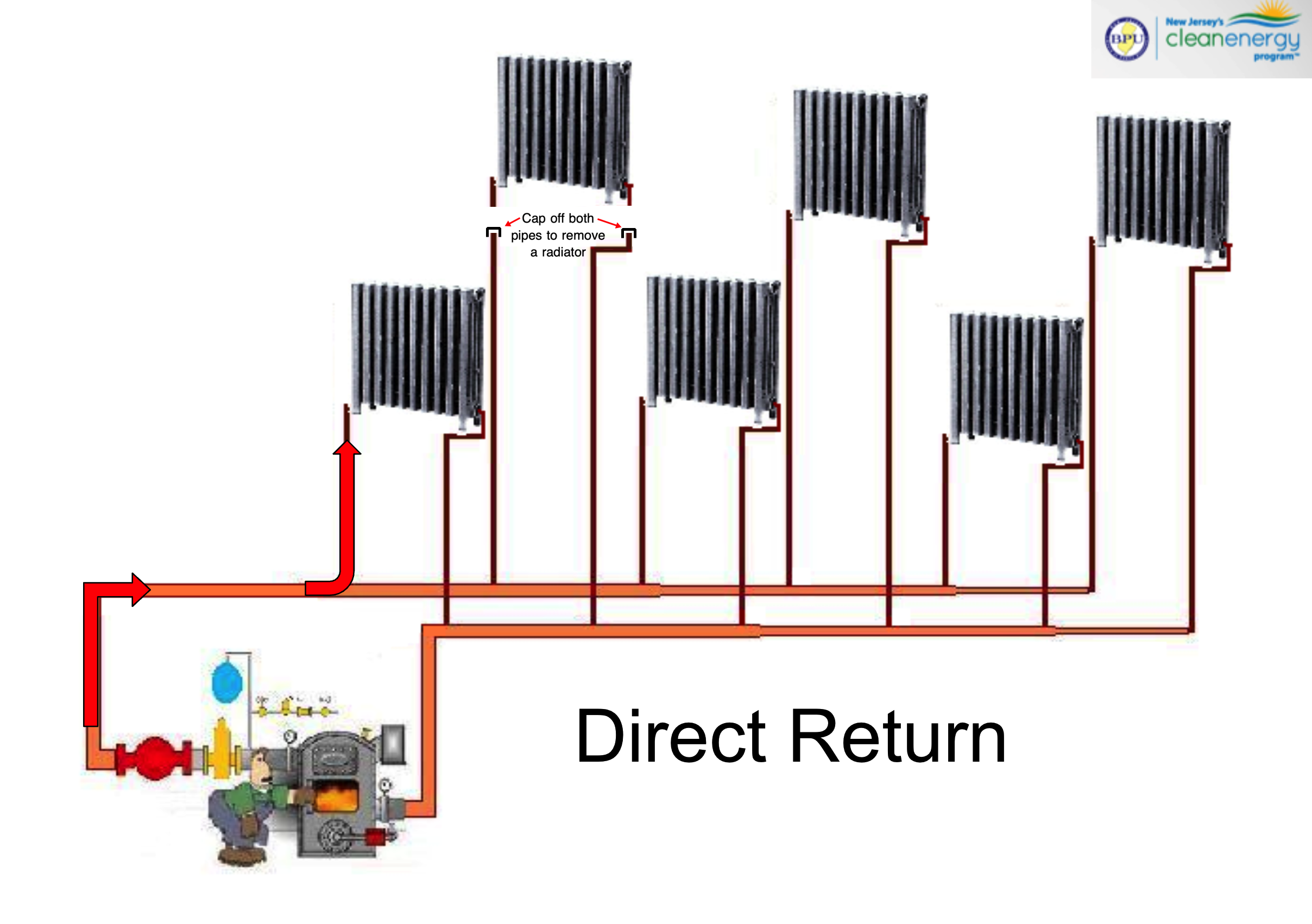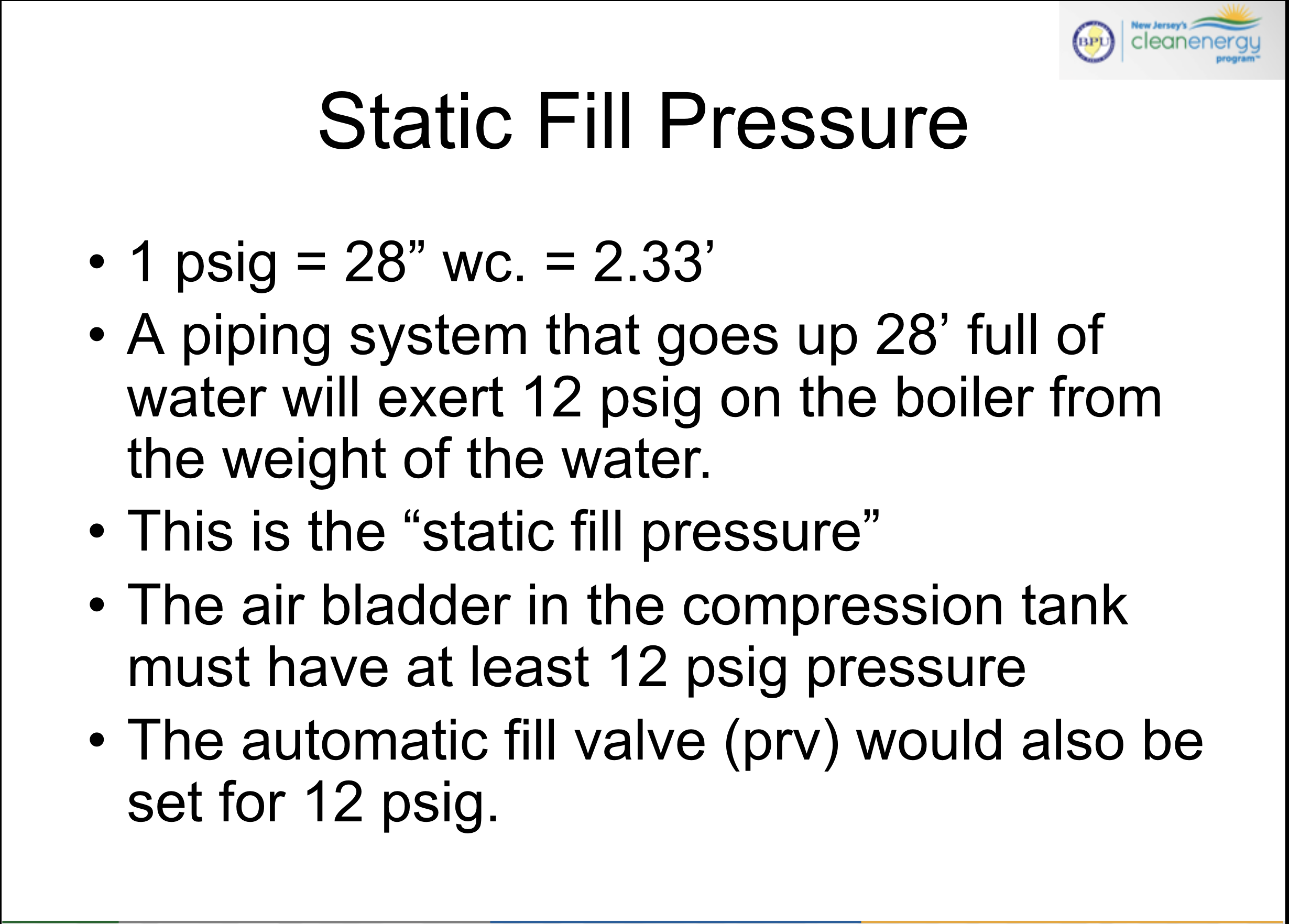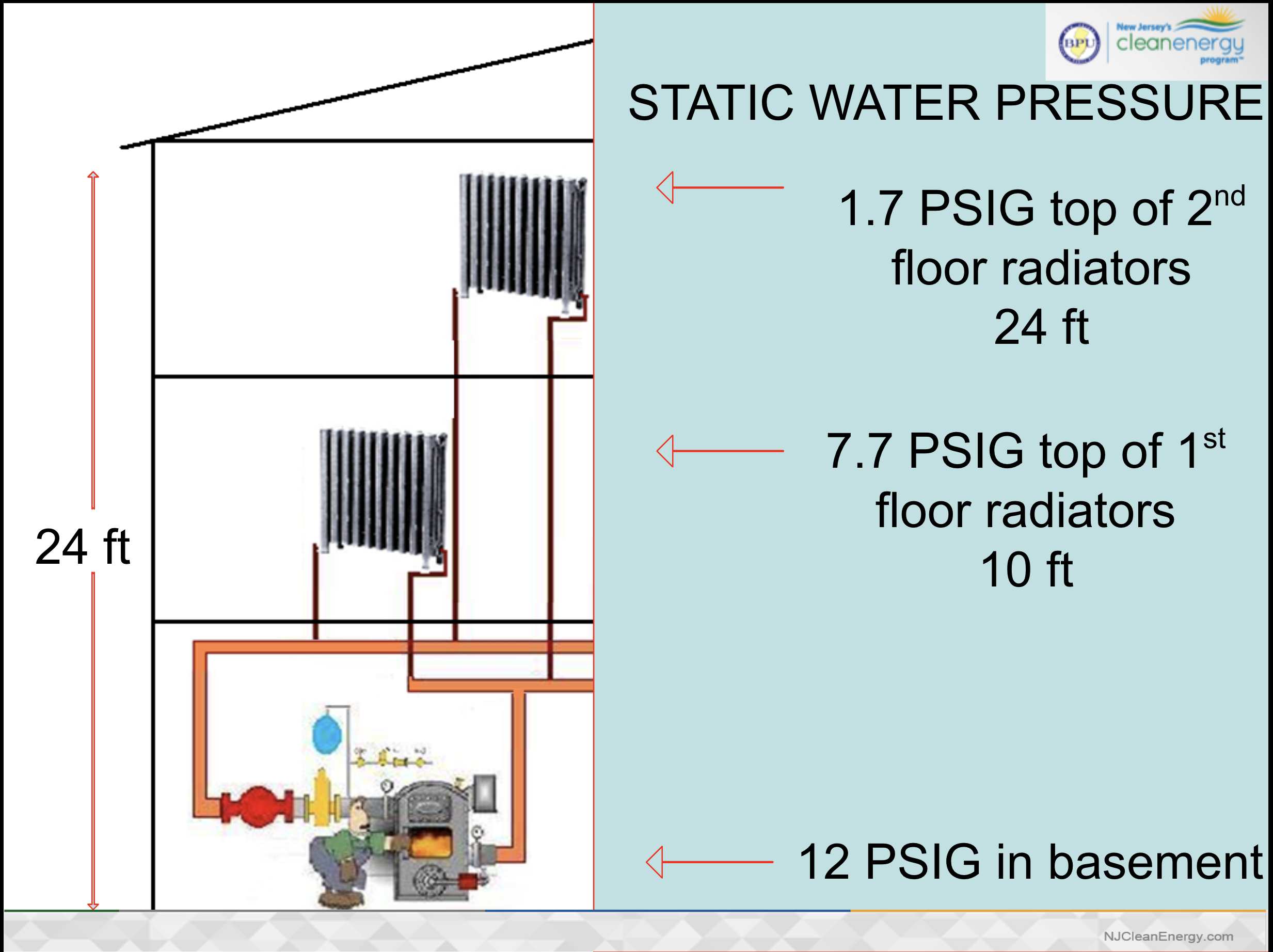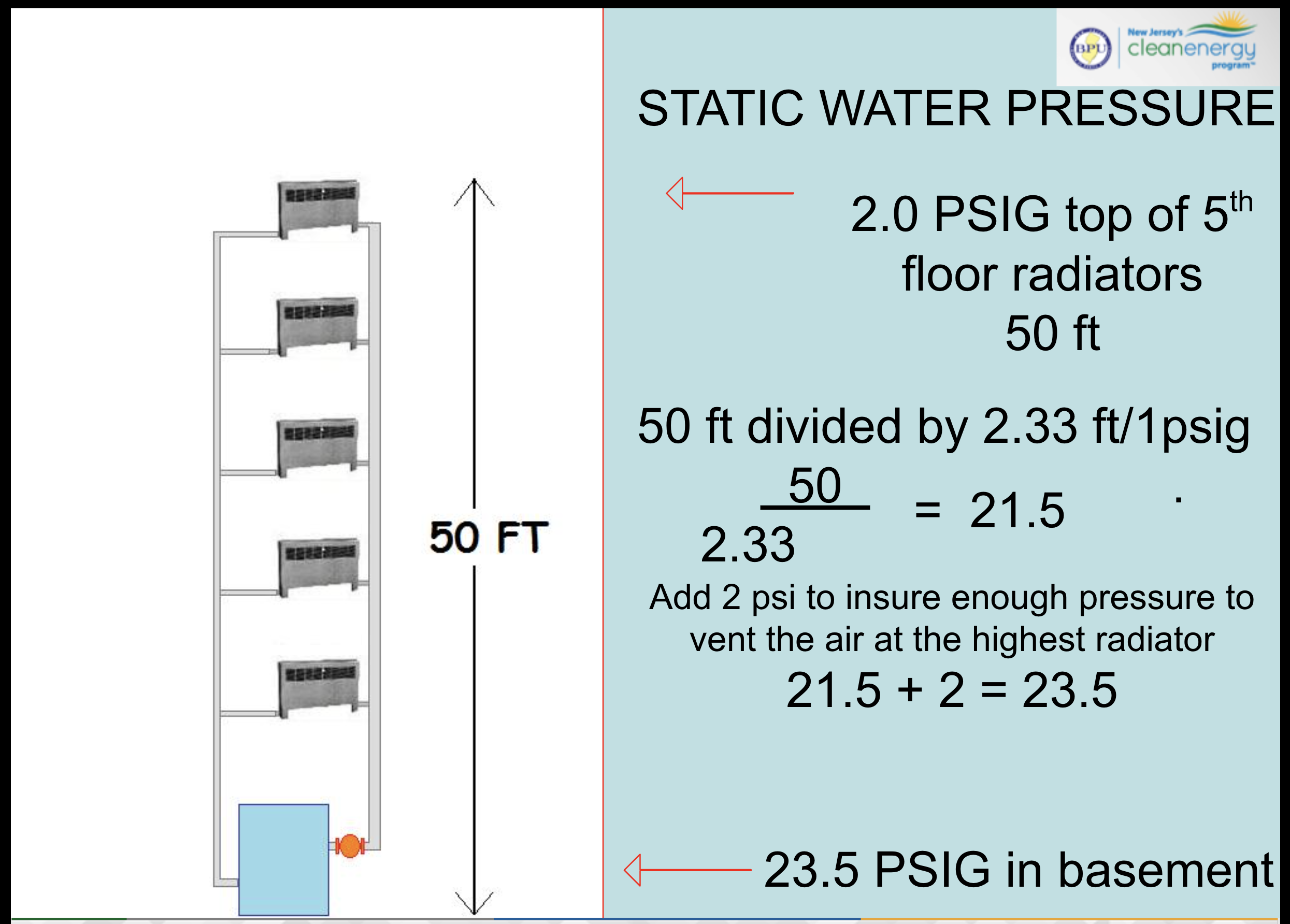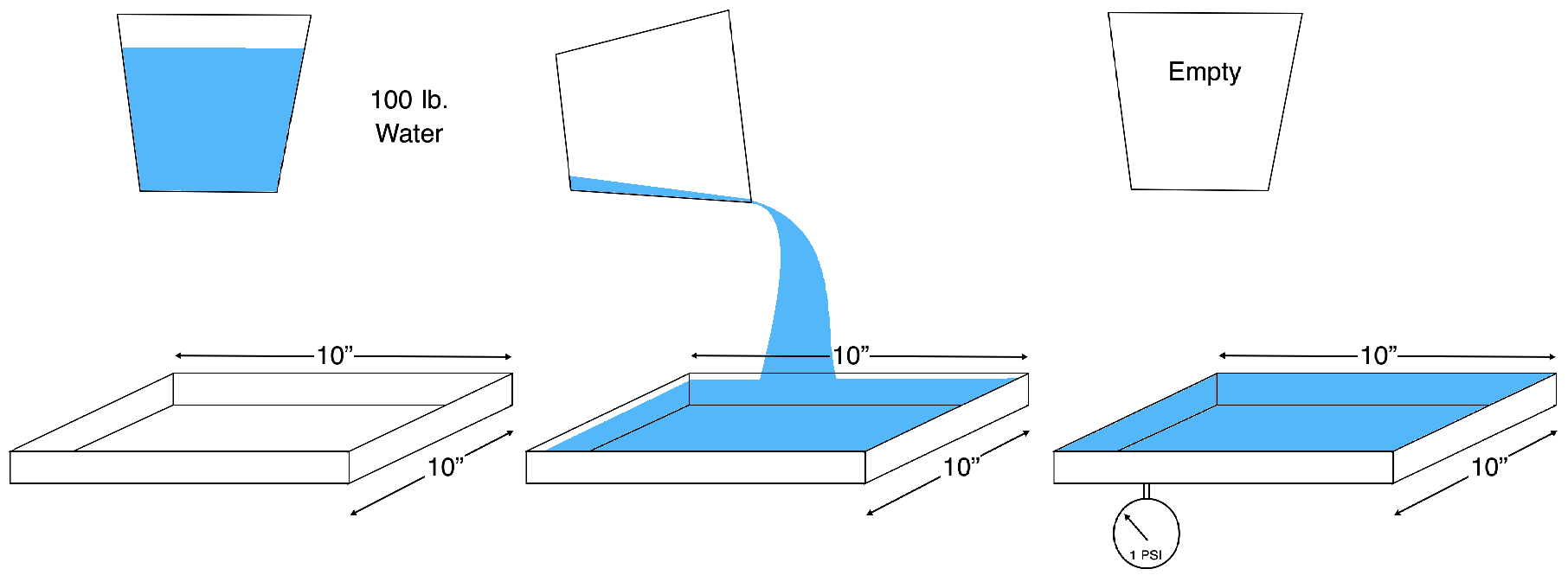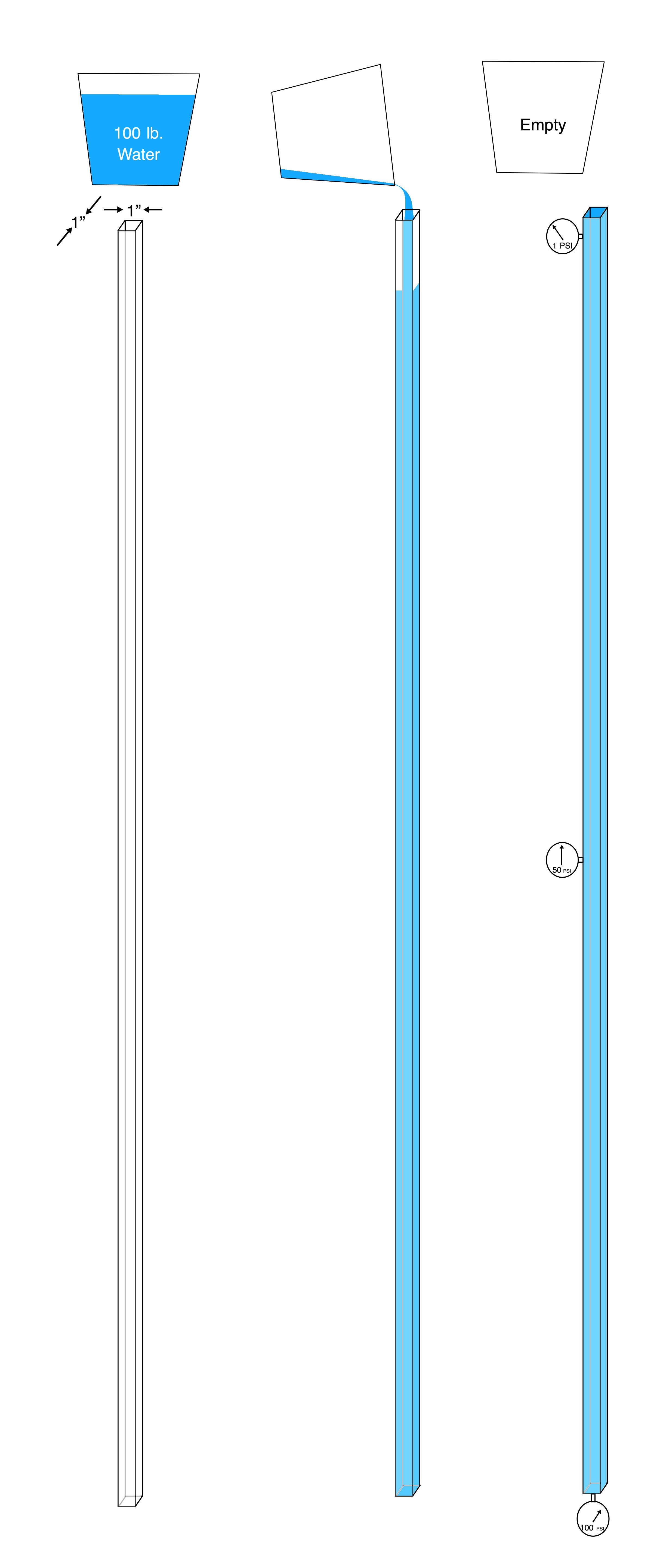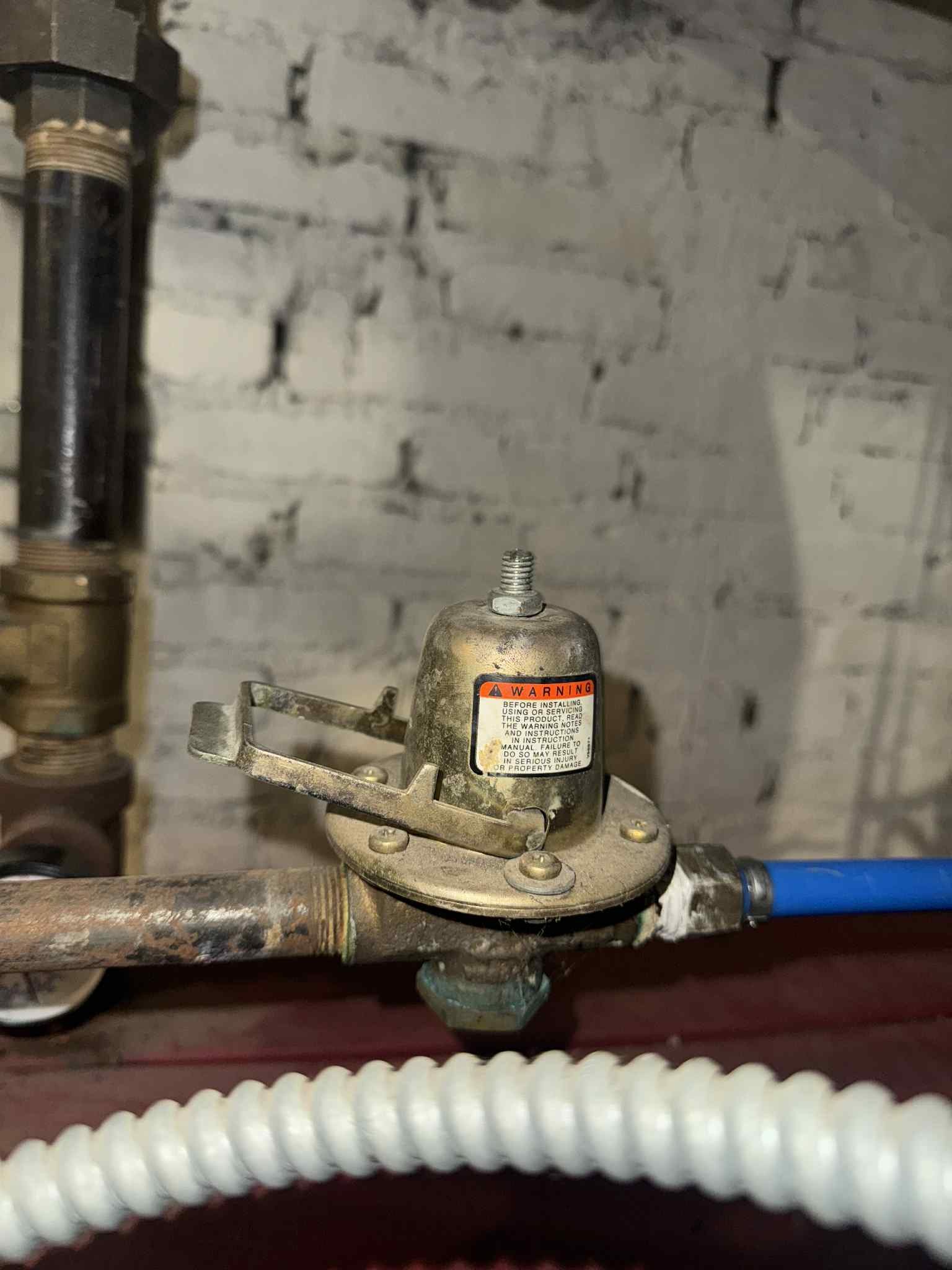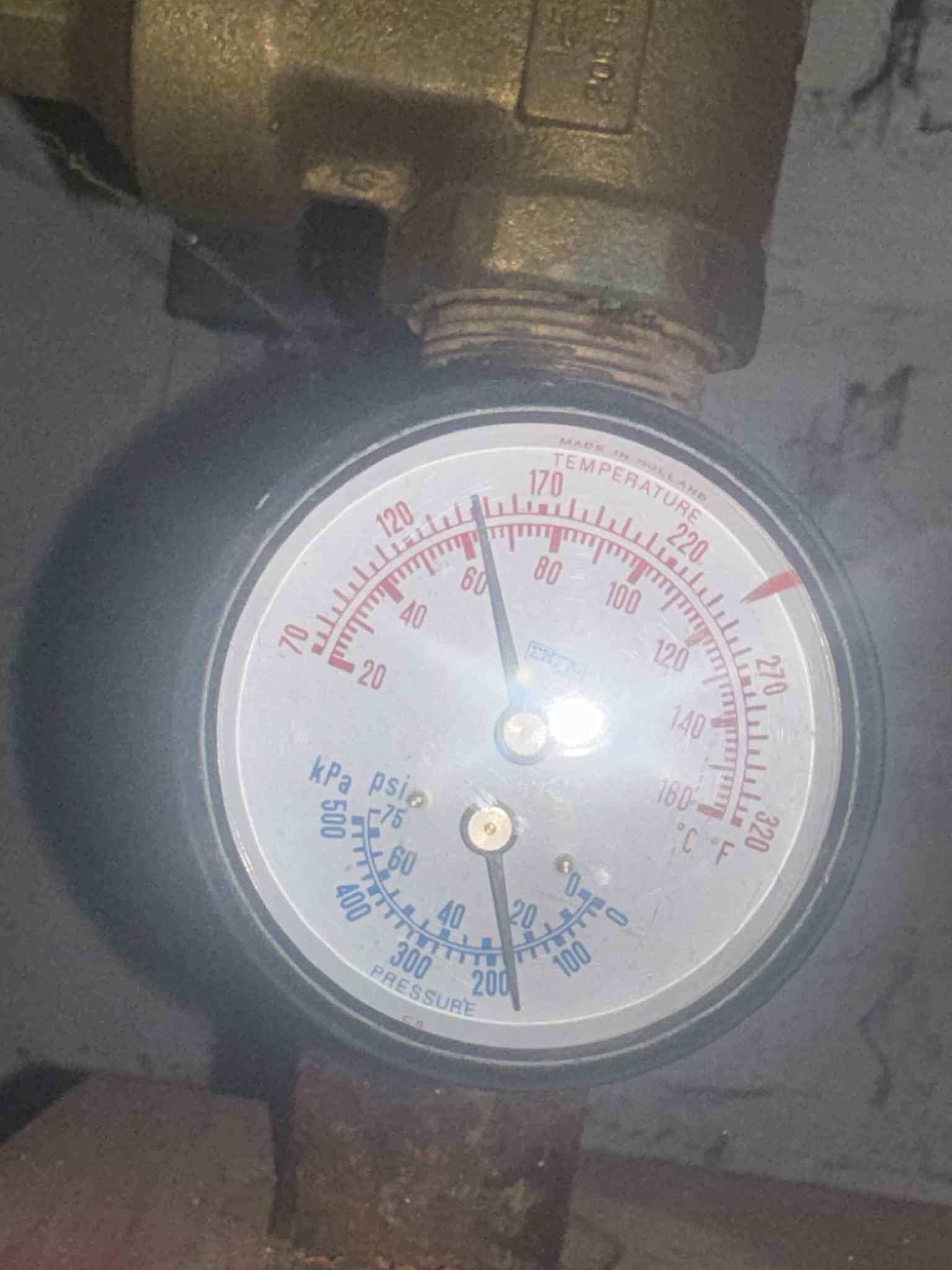Partially Replacing Hot Water Boiler with Furnaces
Hey,
In an older home I'm working on, furnaces are being installed to replace a hot water boiler system. The problem is winter is approaching and I don't want the pipes to freeze. It is a single loop with one thermostat. It only has 1 zone for the whole house.
How can I safely cap off/remove pipes from the 3rd and 2nd floor while still heating the 1st floor? I am doing the project in stages so I can have drywall and other things being worked on before all of the hvac is done.
(More information): 1994 Smith gas cast iron boiler with cast iron radiators. There are about 40 radiators in the large house total. There is one pump and no zones or valves to cut off sections specifically. My furnace installer said I should just be able to cap off the 2nd and 3rd floor supply and returns but I am concerned about the pressure. There are 5 radiators that have had their pipes capped off in the past on the 1st floor in the past, so maybe the pressure would be fine, I am just not sure.
Comments
-
You most likely have an old gravity parallel direct return system. That means the for every radiator you remove you need to cap off both the supply and return pipe to the radiator that you remove in order to fill the system up with water to turn the boiler back on. If removing radiators is what you are asking about.
If you are talking about the rest of the potable water piping in the building, then you may want to use space heaters in the rooms that have pipes that may freeze.
Edward Young Retired
After you make that expensive repair and you still have the same problem, What will you check next?
1 -
Why are you getting rid of the radiators? Forced-air will never be as comfortable…………….
All Steamed Up, Inc.
Towson, MD, USA
Steam, Vapor & Hot-Water Heating Specialists
Oil & Gas Burner Service
Consulting2 -
-
Relating to pressure. The pressure needed to operate that system is not associated with the number of radiators. The pressure needed to operate that system is based on how tall the water needs to go.
If all the second and third floor radiators are removed, and there is no heat to heat the second and third floor, then you can reduce the operating pressure since the water does not need to go that high anymore. This are some slides I used in the class I taught on the subject.
In the first slide I would go over that water weighs something and when it is stacked up in a column the weight of the water at the top of the column is pushing down on the bottom of the column. that can be measured in pounds per square inch (PSI).
When you look at the boiler pressure gauge you may see two scales on the pressure dial… PSI and Feet.
Then I would show that a standard 2 story house with a boiler in the basement is often filled to a pressure of about 12 PSI. That means that there can be a column of water 28 feet above the gauge location. If your highest radiator is only 24 feet above the gauge in the basement, there is a little less that 2 PSI water pressure at that point. That is enough pressure at the highest radiator in the system to push any air out of the manual radiator vent.
Finally I would show a 5 story building and why you would need almost 24 PSI in the basement to get the water to reach the top radiator. If you used 12 or 15 PSI in this system, you will not get the water high enough to fill that top radiator.
There is a lot more to this part of the seminar but it is suffice to say that all 40 of your radiators can be on the first floor and you can fill them with less than 10 PSI water pressure. If al 40 of your radiators were on the third floor, 10 PSI would not get any water to those radiators. So you can remove 39 radiators in the building and if you wanted to leave one of the third floor radiators connected, you would need about 18 PSI on the boiler gauge to put water up that high. if you only have one radiator in the system and it is on the first floor then you can operate with less than 10 PSI on the boiler gauge.
I hope that helps
Mr. Ed
PS.
Are the current residents going to live in the home when the radiator heat is removed and the ductwork heat is installed? If your answer is YES… they may not be very happy with the results.
Edward Young Retired
After you make that expensive repair and you still have the same problem, What will you check next?
0 -
Thanks for all of the help! Would releasing the pressure relief valve as I am filling it be the best way to depressurize it? It is empty at the moment. Should I try to relieve all of the pressure and build it up slowly as I am filling it?
There's about 20 radiators on the 1st floor, the 2nd and 3rd floor which I am removing have about 10 each. It is a 5,000sq ft house.
And for those curious as to why I am removing the system. The main one is cost, half of the house is gutted and there are major rehabs going on. 7 of the radiators are capped off already and there are a few leaks in the piping. The piping is also wrapped and falling off in pieces now. But my HVAC person has a scrapper and a reasonable company to help me removing the wrapping. Some of the design would require moving multiple radiators. In my area I talked to over 10 plumbers and did not find good people to work on the boiler system also. I did consider keeping it in for quite a while.
0 -
Don't let the scrapper get the radiators.
Where are you located?
All Steamed Up, Inc.
Towson, MD, USA
Steam, Vapor & Hot-Water Heating Specialists
Oil & Gas Burner Service
Consulting0 -
@bloxin asked: Thanks for all of the help! Would releasing the pressure relief valve as I am filling it be the best way to depressurize it? It is empty at the moment. Should I try to relieve all of the pressure and build it up slowly as I am filling it?
I'm not sure you actually understand the concept. Why would you want to "depressurize" while you are filling the boiler? Filling is the opposite of depressurize. Filling is adding pressure. You are adding water in order to make enough pressure to push the water up to the empty radiators.
Think of Pounds per Square Inch (PSI) as a literal use of the term. If you have 100 pounds of something and you spread all that weight evenly across 100 square inches, you have one pound per square inch. You dont have 100 pounds per square inch…. You have 100 pounds per 100 square inches.
If you had a pressure gauge at the bottom of that pan the gauge would read 1 PSI with zero PSI at the surface of the water.
This next illustration is a little longer (pun intended) but it shows all 100 pounds of water in a column that is 1" x 1".
At the bottom of the 1"x 1" column of water the gauge will read 100 PSI because all 100 pounds of the water are stacked in that 1" x 1" column. If you look at about the half way mark the gauge reads 50 PSI and just below the top the gauge reads 1 PSI with zero PSI understood to be at the water surface.
I hope this makes a little bit of sense… or at least as clear as mud!
Edward Young Retired
After you make that expensive repair and you still have the same problem, What will you check next?
0 -
Now that you should have a better understanding of "PSI"… when you put water in the closed boiler system the pressure will increase. As you open the vent on each radiator (start on the lowest floor) to let the air out, the boiler pressure will increase as the water level in the boilerrises abovethe boiler and gets to all those radiators.
Now think about all that water… there may be 40 or 50 or 60 gallons of water needed to fill that boiler and all the radiators. Since water weighs over 8 pounds per gallon that could be as much as 500 pounds of water in that system. But if that water is only going up to the highest radiator on the third floor. The boiler gauge may only read 15 PSI or 35 feet. NOT the total of all the water in the system. Just the weight of the water per square inch if there was a column of water 1"x 1" from the gauge to the top radiator.
Edward Young Retired
After you make that expensive repair and you still have the same problem, What will you check next?
0 -
Near Dayton Ohio.
0 -
Thanks for the explanation! In layman's terms: After I remove the 3rd and 2nd floor radiator fill and return piping. Do I need to do anything with the pressure relief valve during or after filing the boiler up?
0 -
Make sure that it does not leak? Replace it if it leaks
You should operate the relief valve once a year to be sure that the water passage ways are clear. That is in the instructions, in the code books and on the tag that is supposed to stay on the relief valve after it is installed, but gets torn off within a few years because the mattress tag police’s relief valve tag division is short handed so there is very little enforcement of relief valve tags.
However there are actual plumbers and heating professionals that will instruct their technicians to ignore this instruction, even though it is in these three locations, because they don’t want to end up with a leaking relief valve, and do not like selling new relief valves. Selling you a new part of any other kind or shape, like a circulator pump, thermostat, or high limit switch is acceptable. Replacing relief valves is forbidden by some companies. I don't really understand that but that is our industry.
(Italic section is sarcasm)
So the short answer to "Do I need to do anything with the pressure relief valve during or after filing the boiler up?" The answer is NO!
Edward Young Retired
After you make that expensive repair and you still have the same problem, What will you check next?
1 -
My plumber came out today and was able to cap off all of the 3rd floor and half of the 2nd floor based on where the feed/return lines were.
Is my pressure relief valve turned the correct way? The blue pex pipe is the water supply.
The pressure in my system is now about 25 PSI.
I'll likely leave the half on the 2nd floor (as they are in the non-rennovated part of the house and their lines cannot be accessed now). Then I will have the rest of it all taken out at once, when the hvac is all done. But atleast now I can work on drywalling the 3rd floor and part of the 2nd floor.
If anyone is interested in the radiators so they aren't scrapped in Dayton, OH let me know. They are cast iron and very heavy. Speed is important in terms of picking them up. There are closer to 30 (not 40 like I thought) of them in different shapes/size.
0 -
That's not a pressure relief valve!
That's a pressure reducing fill valve. And it appears to be broken. The fast fill handle shouldn't be cranked so far open like that. Normally the handle would be down in the opposite direction.
0 -
I would love to see the layout. A furnace on each floor? Room for ductwork? 10 ft. ceilings?
0
Categories
- All Categories
- 87.3K THE MAIN WALL
- 3.2K A-C, Heat Pumps & Refrigeration
- 61 Biomass
- 427 Carbon Monoxide Awareness
- 119 Chimneys & Flues
- 2.1K Domestic Hot Water
- 5.8K Gas Heating
- 116 Geothermal
- 165 Indoor-Air Quality
- 3.7K Oil Heating
- 76 Pipe Deterioration
- 1K Plumbing
- 6.5K Radiant Heating
- 395 Solar
- 15.6K Strictly Steam
- 3.4K Thermostats and Controls
- 56 Water Quality
- 51 Industry Classes
- 50 Job Opportunities
- 18 Recall Announcements

